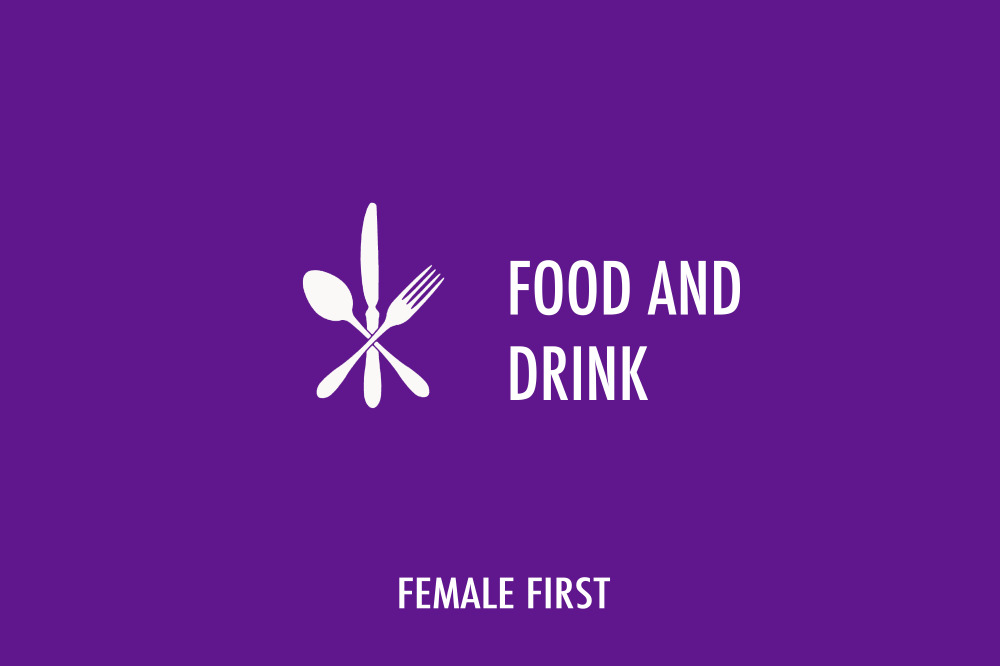Written by Leah Larwood- Lifestyle blogger at www.rootsandtoots.com

Food and Drink on Female First
Leah is a freelance writer and published poet. She also blogs about quirky and vintage-inspired travel, local produce, independent eateries and alternative therapies.
Foraging from hedgerows, gardens, parks and meadows is a rewarding, sustainable and enjoyable pastime. Better still, in many cases, you can forage for all these wild herbs and store them up for the winter months.
There are countless ways that you can use your pickings – to make tea, tinctures, wines, glycerites, vinegars, herbal honey, syrups, butters, skin creams, ointments, infused oils, plant essences, herbal sweets, the list goes on.
Or simply find fresh herbs that can add flavour, interest and a talking point to your summer cooking. Here are just a few wild herbs, flowers or plants you will be able to gather in the coming weeks.
Sweet Cicely
Very common in the dales of northern England, the whole plant has a sweet aniseed flavour, giving it many uses in cooking. Traditionally cooked with acid fruit, reducing the amount of sugar needed, and can be used as a sugar substitute. You can use the leaves, flowers and unripe seeds. Young leaves are lovely chopped in salads. The flowers can be used as a garnish to desserts.
Red Clover
Flower heads with upper leaves can be collected in early summer; it grows in grassland, road verges. Simply collect leaves and flowers to be eaten in salads, and the seeds soaked and sprouted. Clover wine is well liked. The dried flowers are also mixed with coltsfoot leaves as a herbal tobacco or used as a snuff.
Nettle
The young tops are delicious and nutritious, a natural vitamin and mineral supplement. You can make pesto, soup, smoothies and tea from them. Although early spring is usually the best time to find the young nettles, if you remove old nettles, in a couple of weeks you’ll be able to harvest the young nettles for uses in cooking.
Mint
If you don’t have any in your garden, try looking near stream sides and damp places in woods or grassland. You can of course make lots of things with mint, both sweet and savoury. Great in tea to aid digestion problems or lack of appetite. Pour some white wine in a jug and place a few sprigs of mint and cover. Chill overnight and serve as a refreshing summer drink. It will keep you cool and improve your digestion.
Elder
Elderflowers are very easy to spot and grow in abundance during the late spring and early summer. Harvest the flowers on a warm sunny day, dry out and use to make tea, cordial and the berries, which follow in the autumn to make wine or syrup. It’s also a great remedy for coughs, colds and flu, so stock up for the winter months.
Dandelion
High in minerals, especially potassium, and vitamins A, B, C and D. The young leaves boiled up into a tea or eaten fresh in salads. Dandelion can form part of a natural cancer treatment; taken regularly, it may help prevent some cancers, especially breast cancer.
Cleavers
You’ll recognise this almost immediately. The leaves are flat, bright green and stick to your clothes! It’s known as ‘goose grass’ or sticky-willy. It can be gathered in handfuls from early spring until the plants flower in the summer from hedgerows, farmland, stream banks and gardens. Use the young tops in salads or juice along with other vegetables and fruits for a summer tonic.
Chickweed
Chickweed is actually reputed as a slimming aid. You can use it to make tea or weed water. It also makes a great pesto. Pick a few handfuls of chickweed, removing any brown bits and roots. Place in the blender with pine nuts, two cloves of garlic and enough olive oil to blend. You might find some in your garden, in hedge banks and waste ground. It’s available all year round though is fibrous mid-summer and disappears midwinter.
Plantain
This is a perennial plant that grows near footpaths, waste ground, meadows and lawns. Although the young leaves are slightly bitter in flavour from tannins, they can be eaten in salads or as a spinach. It’s also a great remedy for many things including coughs, sore throats, insect bites, rashes and digestive issues.
Forget-Me-Not
These pretty purple flowers are edible and so can be used as decoration to cheesecakes, mousses, brûlées and Victoria sponge cakes. Found in most gardens or hedgerows, you’ll find these throughout the summer. You can eat the flowers as a trail snack or toss them in a salad.
Recently I took part in a wonderful workshop with the UK’s top herbalists, Julie Burton-Seal and Matthew Seal. All of the above advice has been gleaned from the duo who each have a wealth of knowledge on the subject of hedgerow foraging. For more detail and background on how to use hedgerow herbs and plants, go to www.hedgerowmedicine.com
Tagged in cooking

